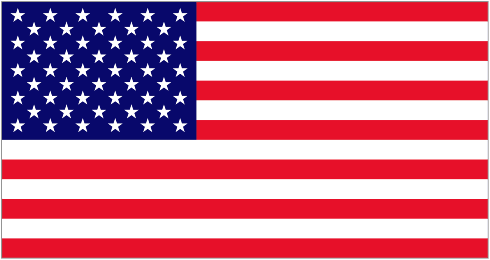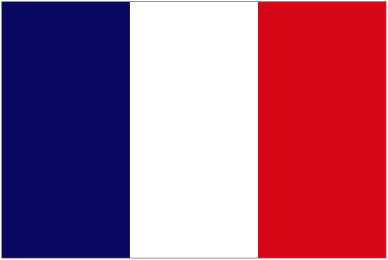This course is almost about to end, so we hope you are liking the Cuatro so far!
Let´s jump into the final examples and songs and watch some videos of professional musicians playing a cuatro. We will be following the same Cuatro Rhythms Sheet (PDF download) that we used at our previous lesson.
Before we start, be sure to review these Cuatro chords again, so you can play the correct positions when trying to play these songs:
Waltz Rhythm
The original rhythm that started it all: Waltz.
Imagine these ball dance floors full of couples dancing to a 3/4 played by an orchestra. These old waltzes inspired the following rhythm pattern:
- Two strums down
- One frenado up
Let’s see a quick video of a cuatro playing a waltz and using the following progression:
G – D – A7 – D
G – D – A7 – D
Tonada Rhythm
The Tonada Rhythm is one of the most used to play the Cuatro as it doesn’t require Frenados.
Watch cuatro master Luis Pino playing an instrumental version of “Tonada del Cabrestero”, a beautiful tonada.
Did you know the Tonada can be played with the Ukulele? Listen to Leiden, a singer covering “Tonada de Luna Llena” with an Ukulele:
Pasaje Rhythm
Listen to Adrian Toro playing an instrumental cover of “Caballo Viejo”, a very well known pasaje in the plains of Venezuela and Colombia:
Joropo Llanero Rhythm
Joropo Llanero is one of the most popular rhythms in the plains of South America. It’s basically a fast waltz (the one used for pasaje). It’s normally used for songs that go around 120 bpm
Here’s an impressive video of C4 Trio cuatro players displaying their best in a Joropo Llanero called “Periquera con Seis por Derecho”. Enjoy!
Joropo Central Rhythm
The Joropo Central is no doubt the most difficult rhythm to master, as it not only uses the 6/8 pattern but also uses Frenados in unusual places.
Listen to cuatro master Henry Linares playing this interesting Venezuelan Rhythm in a “Pajarillo”, there’s also a brief explanation of bass player Elias explains how the rhythm goes for the bass.
Rock Rhythm
These examples are more standard and you’re probably already familiarized with how to play songs with this rhythm. A 4/4 based on 4 strums: Down, Up, Down, Up, or D U D U, where we get the second Down with a little bit more intensity to simulate the drums.
Song: Aerosmith – I Don’t Wanna Miss a Thing
Play this song using the following chord progression:
D – A7 – Bm – G – A7
D – A7 – Bm – G – D – Em
We know it’s difficult to familiarize yourself with the chords positions, being a Ukulele player implies that you already play these chords but the positions vary. For that reason we will show you the chord’s images, so you can play along and get used to the positions for the Cuatro:
You can also open the following link for more details on this song: Cifrado – Aerosmith.
Song: U2 – With or Without You
Same as before, we will show you the images so you don’t get confused doing the Ukulele’s D or A7, but these ones instead:
Conclusion
Here we have a bit of a taste of what we can do with the Cuatro in it’s simplest form. There is a lot more that can be done, this is only the beginning. The accompaniment part, or the strumming of simple chords to play along with the songs, is only one element the Cuatro has to offer and we will take a look at the other features and possibilities the instrument has to offer in further courses.
If you want to join us in this wonderful world of the Cuatro, we invite you to check out all our Cuatro courses here and select the one you would like to start.
You can also visit courses for other instruments, like the courses we have for Cavaquinho or our Courses for Ukulele
See you around!





